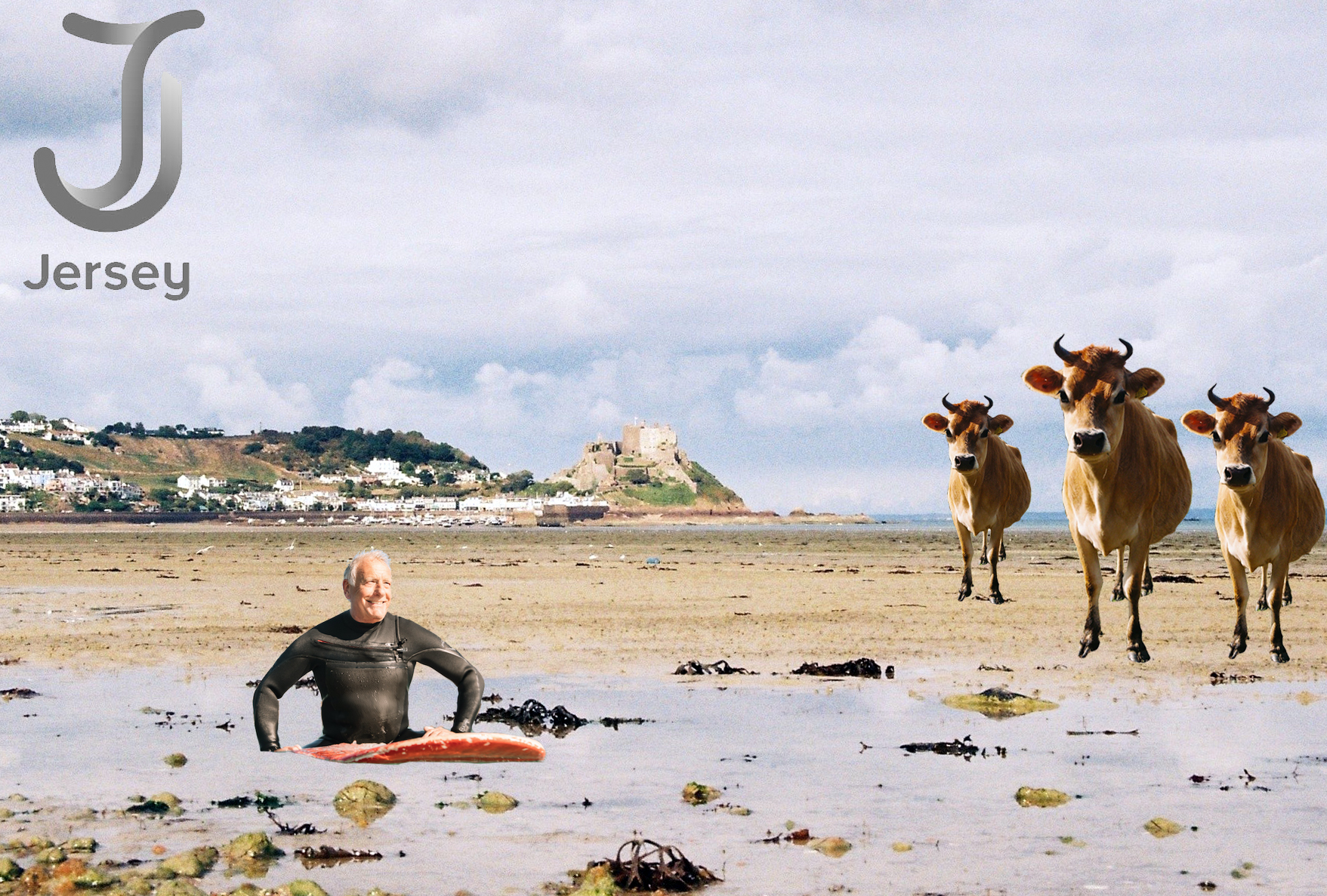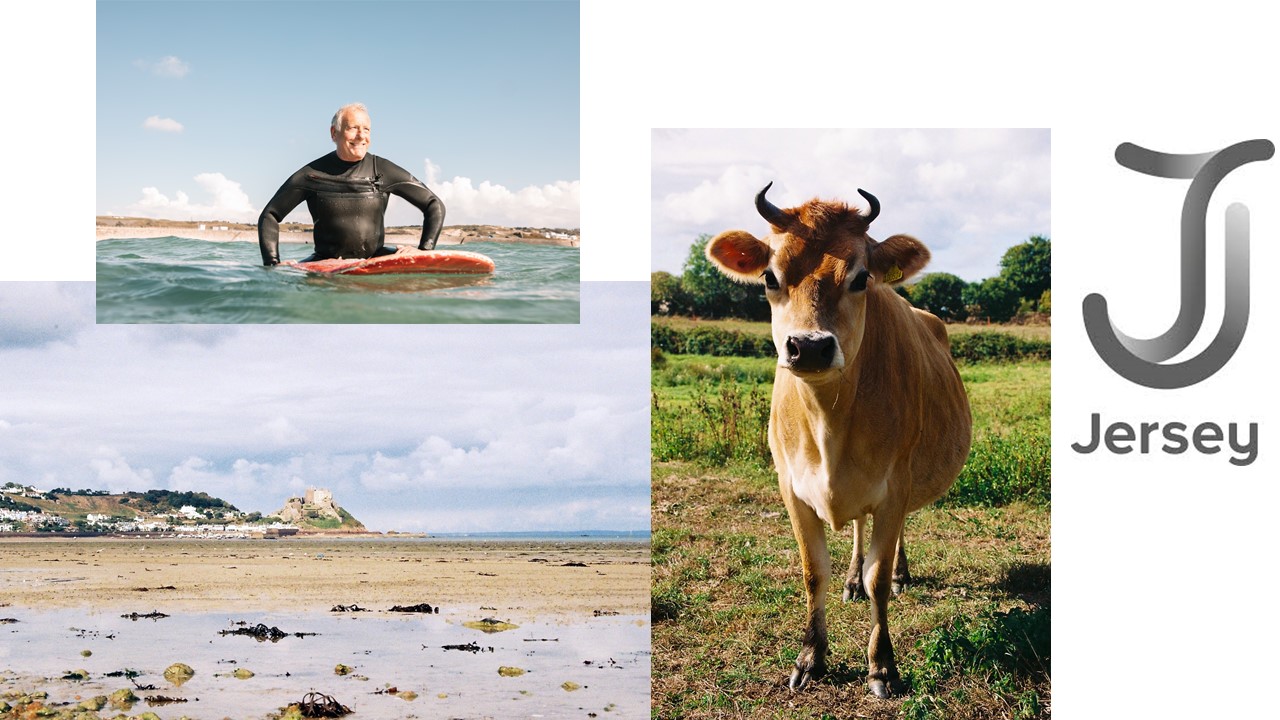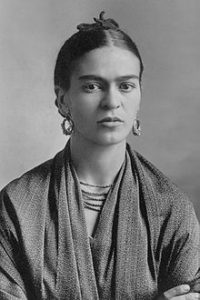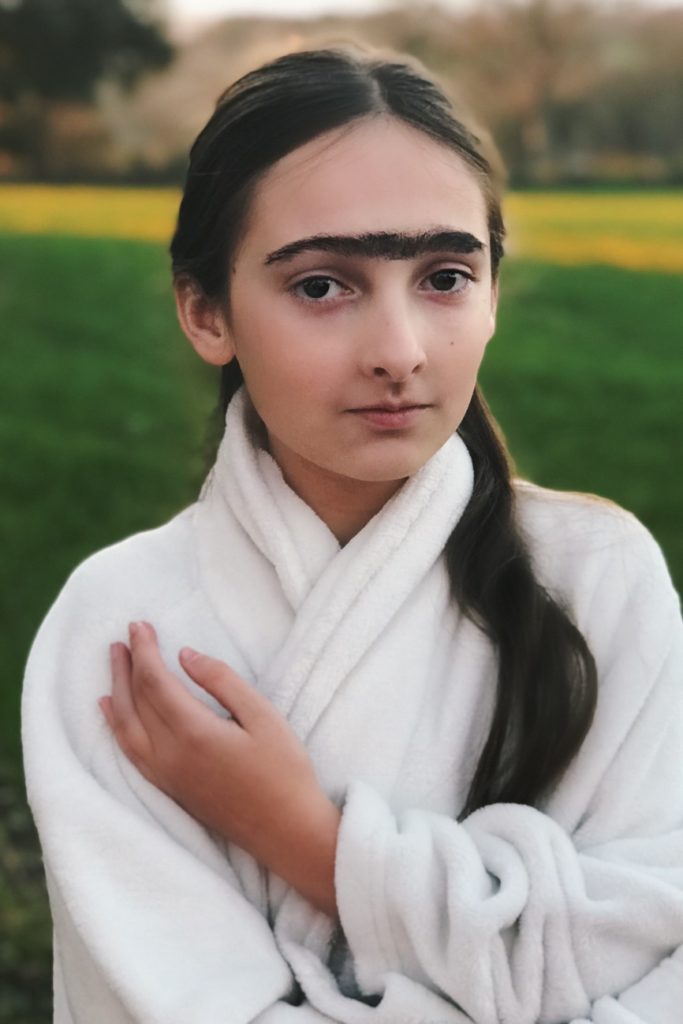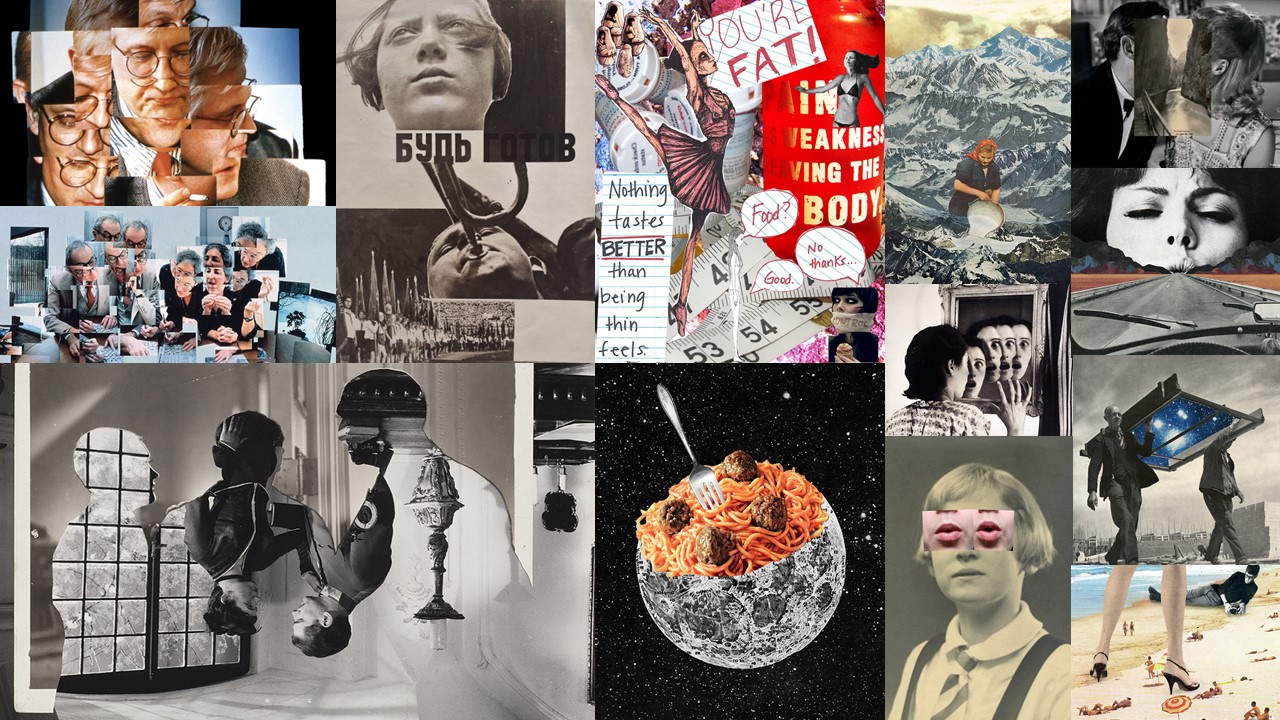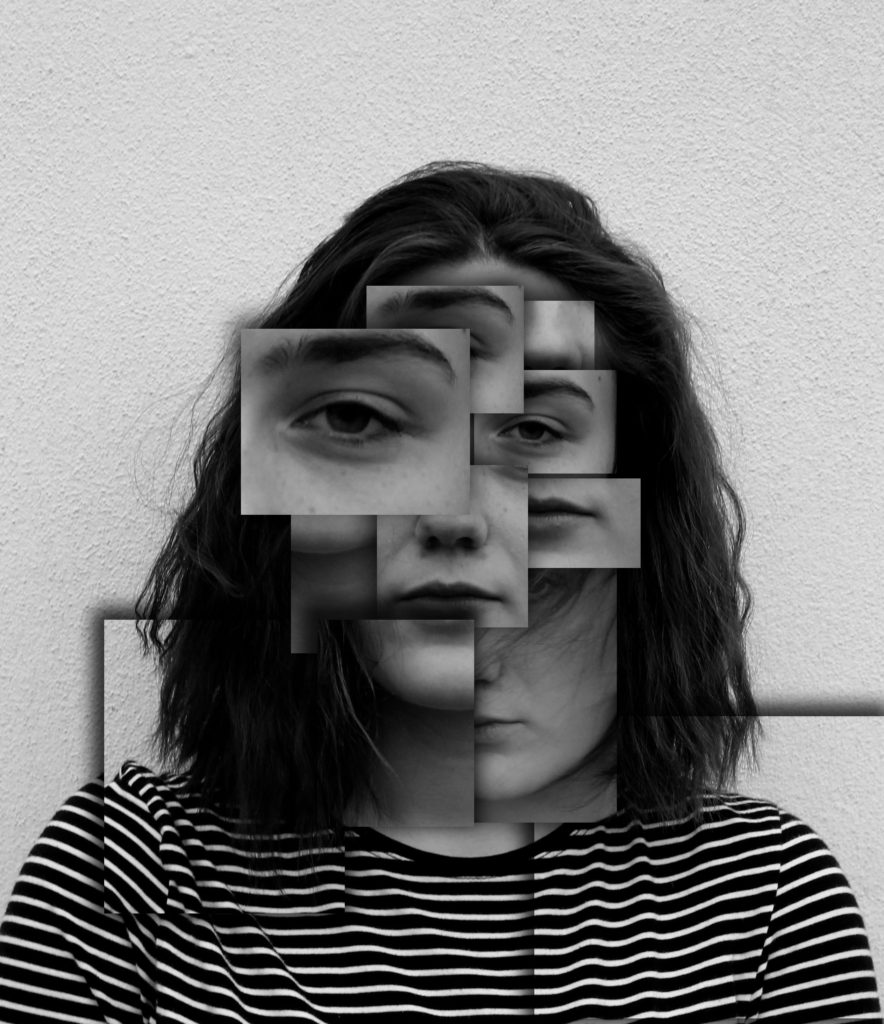
In my first experiment I wanted to create a piece which was similar to Brno Del Zou. I liked the overall message that he was trying to create and surrealist approach. In order to create this I re levelled this photograph in order to give off a dramatic effect, then I turned my photograph into black and white in order for it to look like Brno’s work. I then cropped the photograph to only have the shoulders and the face of my model in the frame of the image. Next I used the rectangular marquee tool and selected different features of the face. I then pressed ctrl + J to copy that section and ctrl + T to enlarge or make smaller that feature. I then repeated this until I was happy with the effect. Once I had all the section cut out I moved around the layers to ensure I liked the way that they all overlapped each other. Finally, I added drop shadows to them to make them stand out from the original image, it is also used to help create a 3D effect. I am very happy with the way that this photo-montage has turned out as it is ascetically pleasing to look.

In response to Hausann I decided to create my own Dadaism photo-montage in a similar style. First off the background is made out of a sexist quote that president Trump said in one of his speeches. This being repeated allows the viewers to understand the point being made and emphasises how foolish the president is. Trump himself is located in the centre of the frame with his finger pointing towards the viewer. Pointing directly at someone can be considered rude, so by using this image I wanted to portray the rude side of Trump. Coming out of his arm is a long fenced gate wall, which is presenting his idea on building a wall which he wants to place on the boarder of Mexico and USA. His left eye has been replaced by the USA’s Immigration services logo, to show the idea that he wants to stop immigration into the country, making it hard to live their if you where not born their. I put this on to show how hypercritical Trump is, he is saying all this about immigration but then his wife is not from America but he bought her into the country to live, but he sees that as okay. Similarly to Hausann’s work I used a cartoon mouth to show that Trump is very much all say and does not think before he speaks. By trumps head is a bit of corn, which went viral on social media when people started comparing Trump’s hair to different objects. Implementing this into my work allows me to express my views that Trump is just a joke. This photo-montage is used to express my negative viewpoints towards the current US President, as I do not believe he is doing America justice. As shown their are many similarities between mine and Hausann’s work as I was inspired by him to create this piece.
*All of the images used in this piece have been taken from google.*
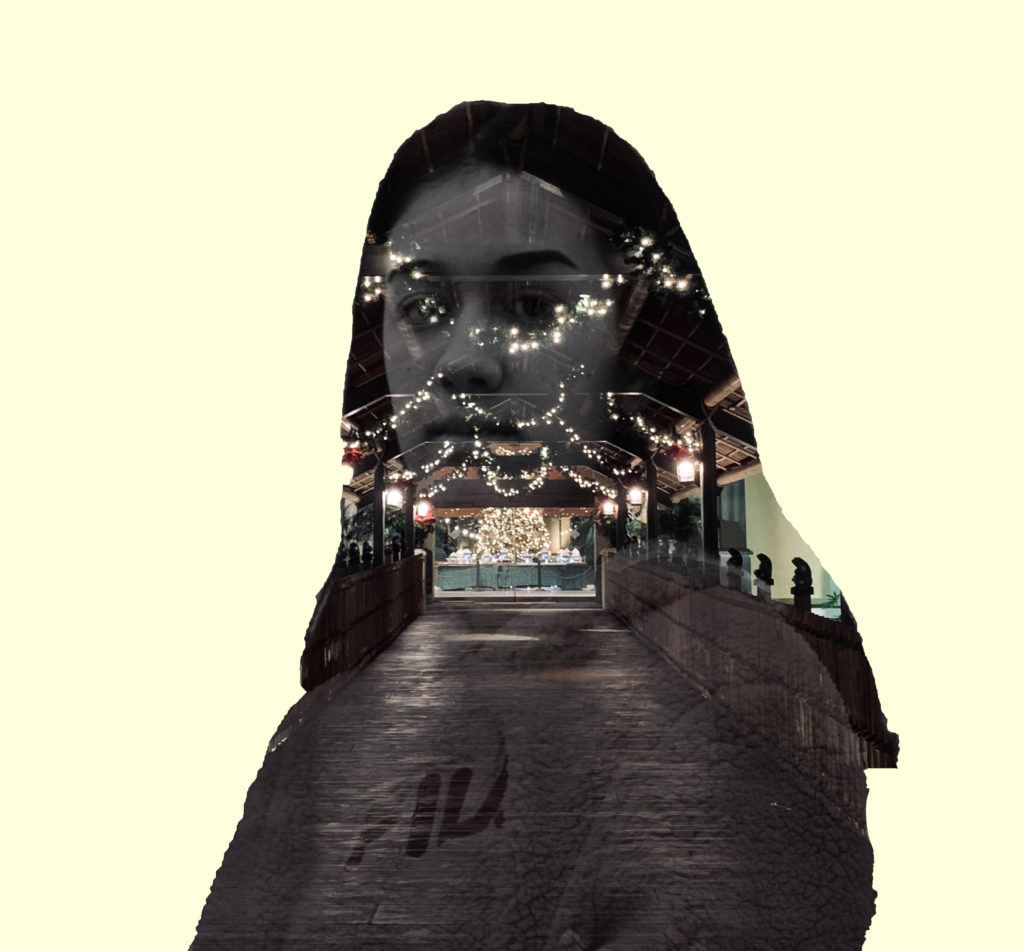
My next montage is using the double exposure technique, where I combined two images together. First of all I opened the picture which I wanted to expose the background image. Once it was opened I levelled the image by pressing ctrl + alt + L. I then outlined the model by using the quick selection tool,I then pressed ctrl + Jwhich copied the outline onto a new layer. Next I created a new layer and put it underneath the layer with the outline. I also made the background layer invisible by pressing the eye. With the new layer made I turned the background white using the paint buckettool. After I choose the background image and placed it onto the page with the model. I then moved the background image around to go over my model. After I pressed ctrl + left clickedthe layer with my model which showed the outline. I then pressed the background layer and made a new vector mask. Which now shows the outline and the background inside the outline. I then turned the opacityof the top layer down to 58% in order to see the background and the models face. Finally I made a new layer and rubbed out the sharp edges. I am very happy with the way this photo-montage turned out as I like how it takes upon the surrealist approach. I also like how this idea begins to present the theme of identity and place.
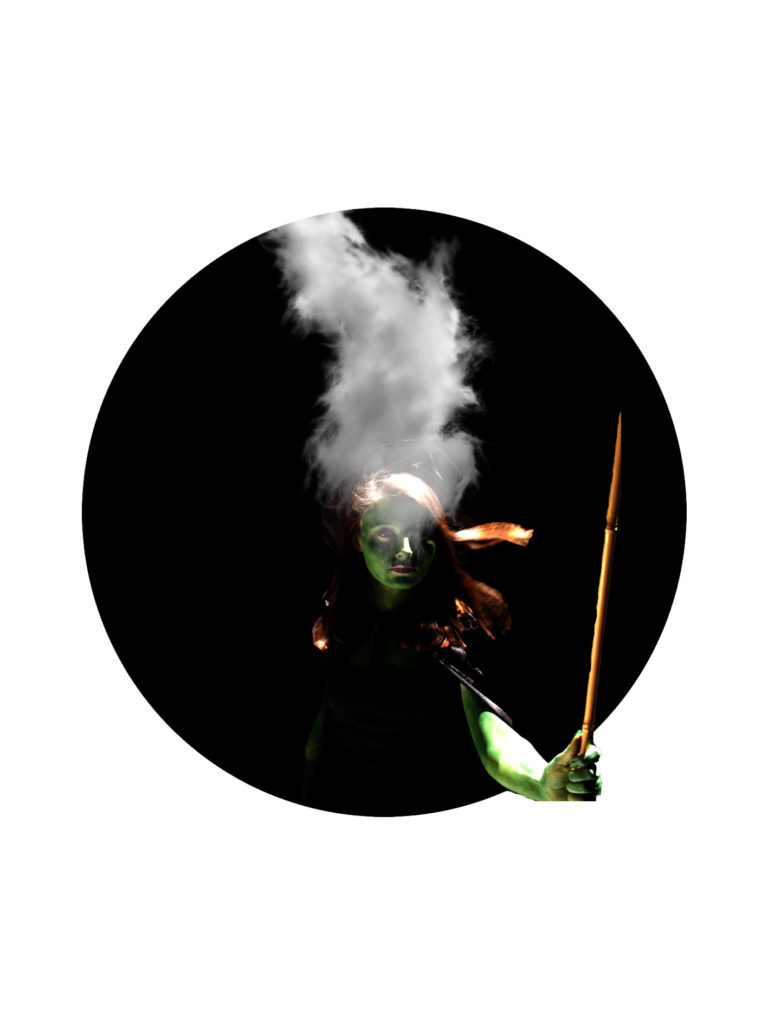
For my next surrealism photo-montage I wanted to be able to show identity and place again. For this idea I opened up a new photoshop document and created a white background. Then using the circular marquee tool I created a large black circle in the centre of the page. I then opened up the picture of my model. Using the quick selection tool I cut out my model and dragged her onto the white with black circle photoshop page. Using the transformation tool I made her smaller to fit into the circle and positioned her to have her arm slightly coming out of the circle. I then added a piece of smoke, image taken from google, and have it coming from my models head. The simple background is used to create emptiness and create a location of isolation. The smoke is used to show how if we overthink are minds can not cope. I really like the way this photo-montage has turned out.


For my final photo-montage I decided to create a hand crafted piece, the image above is a picture of what I created. The piece was inspired by Carl Breezy. In photoshop I cut out a section of the models face a turned it to create the gap in the centre of the face. I then used the burn and smudge tool to blend in the hair. I wanted to present my model as someone who is intelligent, to do this I added a long equation with an arrow connecting it to the face. This informs us that the model knows how and when to use that equation. I then added an element of the periodic table to the top left corner as I wanted to portray the model as someone who is important, important enough to have her own period on the periodic table. It also presents the idea that this girl is a period and reminds us that humans are made out of chemicals. I then added angles to the face which also shows my models intelligence. Adding the bug into the centre of the face was inspired by Breezy’s work as he tend to put a bug into the centre. I chose a beetle as I felt it would suit best in this photo-montage. I created this to make it seem like a sketchbook and that it looks like quick working outs in order to shows the mental process of someone. I am very happy with the way this photo-montage turned out as I like the simplicity of the idea.
To evaluate my photo-montages I believe that I have been successful in showing the difference of Dadaism and surrealism. I have been able to use artist inspiration and create pieces of work in a similar style, but making them relevant to today’s issues. I have been able to experiment with different photoshop tools and techniques in order to create my final outcomes. If I was to create another piece, I would look at implementing the theme of identity and place into all of them. I would also look at creating more Dadaism pieces in order to get across my political viewpoints






